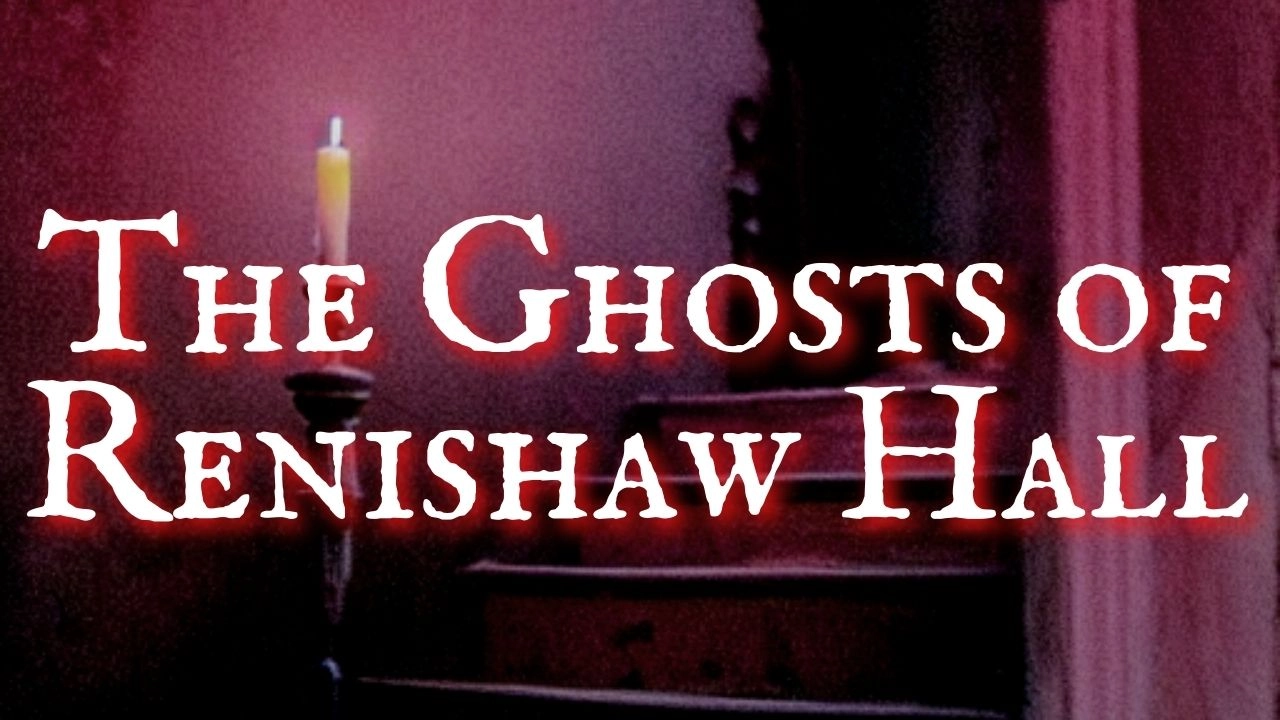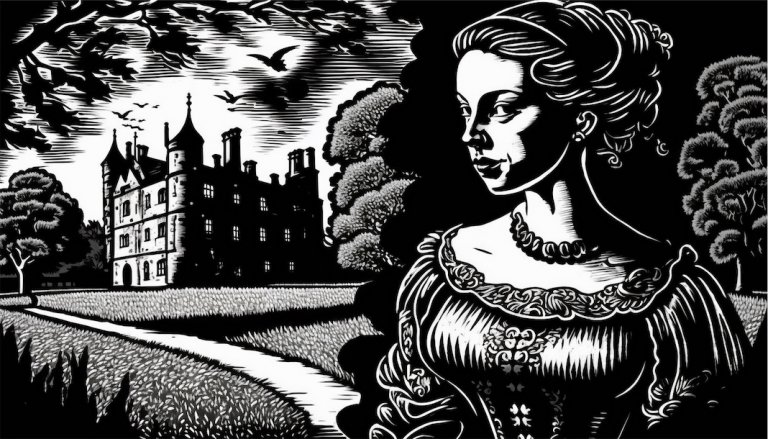Are The Renishaw Hall Ghosts True, or Simply Made Up by Its Colorful Master?
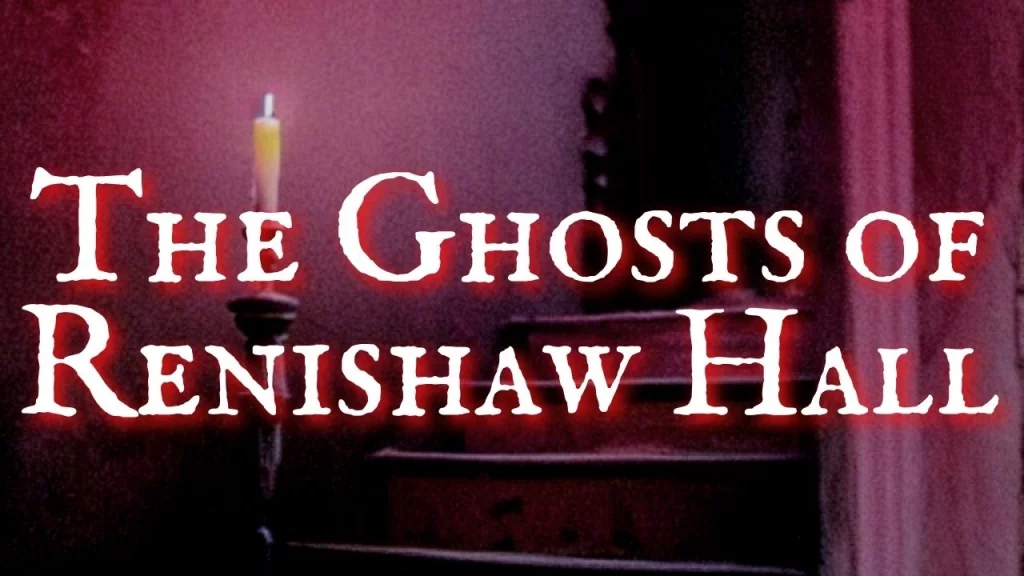
Renishaw Hall Ghosts: An Internet Investigation
Are The Renishaw Hall Ghosts True, or Simply Made Up by Its Colorful Master?
This account is from Peter Ackroyd’s book The English Ghost. He in turn, got it from Lord Halifax’s Ghost Book, but Peter Ackroyd leaves out a key ghost story.
Sir George Sitwell, who reported the sighting to Lord Halifax was a famous eccentric and has been accused of making the ghost stories up, but I don’t believe that.
In this article, we will fill in that gap as well as explore some of the colourful characters involved and then root around on the Internet to see if we can find any more evidence for ghost sightings at Renishaw Hall.
The Renishaw Hall Ghost Story As Told by Peter Ackroyd
The following letters, dated 17 September 1909, were sent to Viscount Halifax by Sir George Sitwell and Lady Ida Sitwell. The events they relate took place in Renishaw, then the home of the Sitwells in Derbyshire, erected in 1625. The first comes from the Pen of Sir George.
Last Saturday, two ghosts were seen at Renishaw. Lady Ida had been To Scarborough to attend the Lifeboat Ball, at which she had sat up until four o’clock in the morning, returning home in the afternoon. After dinner, the party of six — I was absent for a few hours — sat in the Drawing room upstairs, Lady Ida lying on a sofa facing the open door.
She had been speaking to a friend who was sitting on her left when She looked up and saw in the passage outside the figure of a woman, Apparently a servant, with grey hair and a white cap, the upper part of her dress being blue and the skirt dark. her arms were stretched out full length, and the hands were clasped.
This figure moved with a Very slow, furtive, gliding motion, as if wishing to escape notice, straight towards the head of the old staircase, which I removed twenty years ago, on reaching it, she disappeared.,
Unwilling to think that there was anything supernatural in the Appearance, Lady Ida called out “Who’s that?” and then the name of The housekeeper.
When no one answered, she cried to those who were Nearest the door, “Run out and see who it is. Run out at once.”
‘Two people rushed out, but no one was to be seen, nor when the others joined them and searched the hall and passages upstairs could they find anyone resembling the woman described to them by Lady Ida.
‘They had given up the search, and were returning to the drawing Room, when one of the party, Miss R., who was a little behind the Others, exclaimed, “I do believe that’s the ghost!”
No one else saw anything, but afterwards she described what she had seen. In the full Light of the archway below, within twenty feet of her, and just where The door of the old ghost room used to stand, until I removed it and Put the present staircase in its place, she saw the figure of a lady, with Dark hair and dress, apparently lost in painful thought and oblivious To everything about her. Her dress was fuller than is the modern Fashion and the figure, although opaque, cast no shadow. It moved With a curious gliding motion into the darkness and melted away at The spot within a yard of the place where a doorway, now walled up, Led from a staircase to the hall.
There is no doubt that these figures were actually seen as described.’
Sir George Sitwell speculates that the figures were ‘phantasms’ rather than ghosts and that they were ‘reversed impressions Of something seen in the past’. By this he may refer to the theory that ghosts are impressions made on a place by intense emotion in the past and we see them as if a film were being projected from what happened then.
Lady Ida Sitwell also wrote to Viscount Halifax.
I saw the figure with such distinctness that I had no doubt at all I Was looking at a real person, while, at the same time, although seated In a well-lighted room and chatting with friends, I was conscious of An uneasy, creepy feeling. I tried to see the features, but could not, Even before I called out, my friends noticed that I appeared to be Following something with my eyes.
The light in the passage was good And I could see so well that I could distinguish the exact shade of the Dress. The figures was that of a woman between fifty and sixty Years of age and her grey hair was done up in a “bun” under an Old-fashioned cap.
I had never seen a ghost, nor had I been thinking About ghosts.’
There is a postscript to the story.
24 years before the George Sitwell held a party in celebration of his coming of age. One of the guest was Miss Tait, the daughter of the Archbishop of Canterbury. She had been accommodated in the room at the head of the staircase later removed, and in the middle of the night, she rushed into the room of St George’s sister, claiming that she had been rudely woken by the sensation of someone giving her three cold kisses.
She asked Miss Sitwell to come back to the room with her. Miss Sitwell refused because, sleeping in the same room, she had once experienced exactly the same sensation , so George mentioned this coincidence to his agent, Mr Turnbull, in a light-hearted manner.
“Well, Sir Jorge,” Mr Turnbull replied, “you may make a joke about it, but when you lent us the house for our honeymoon, Miss Crane, a schoolfellow of my wife’s came to stay with us, and she had the same room and had exactly the same experience. “
It was for this reason, perhaps, that the room was subsequently removed.
Lord Halifax
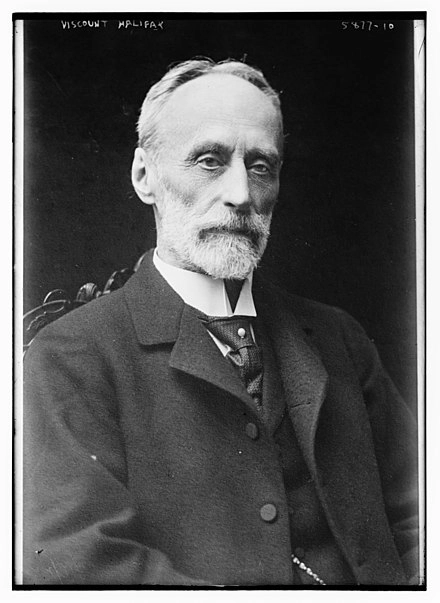
We know that Lord Halifax was an English aristocrat who was fond of ghost stories. His personal collection of stories was published in 1936.
Charles Lindley Wood, 2nd Viscount Halifax, was born on June 7, 1839, and died on January 19, 1934. He was a British Anglo-Catholic ecumenist who was president of the English Church Union from 1868 to 1919 and again from 1927 to 1934.
He was a member of the Northern Regiment of West Riding in 1886. Yeomanry Cavalry became a Deputy Lieutenant of the North Riding of Yorkshire, one of the Ecclesiastical Commissioners, and a member of the Houses of Laymen for York.
Halifax was the oldest son of Charles Wood, 1st Viscount, and was born in London.
As a student at Eton, he was the favourite of his teacher, William Johnson Cory. Cory wrote a book of Uranian poetry called Ionica and gave it to him as a gift. Between 1858 and 1863, he went to Christ Church, Oxford, to study law and modern history. In 1863, he got a BA, and in 1865, he got an MA.
Halifax was an Anglo-Catholic. In 1868, at the request of Edward Bouverie Pusey, he became president of the English Church Union, which was a group that worked to promote Catholic ideas and practises within the Church of England. He was a big part of trying to get the Roman Catholic Church and the Church of England to talk to each other, but it never worked out.
Halifax was president of the English Church Union until 1919, and then again from 1927 until his death. In 1933, he brought together the English Church Union and the Anglo-Catholic Congress, which was one of his last major accomplishments.
Halifax collected ghost stories, and many of them can be found in Lord Halifax’s Complete Ghost Book
Renishaw Hall and the Sitwells.
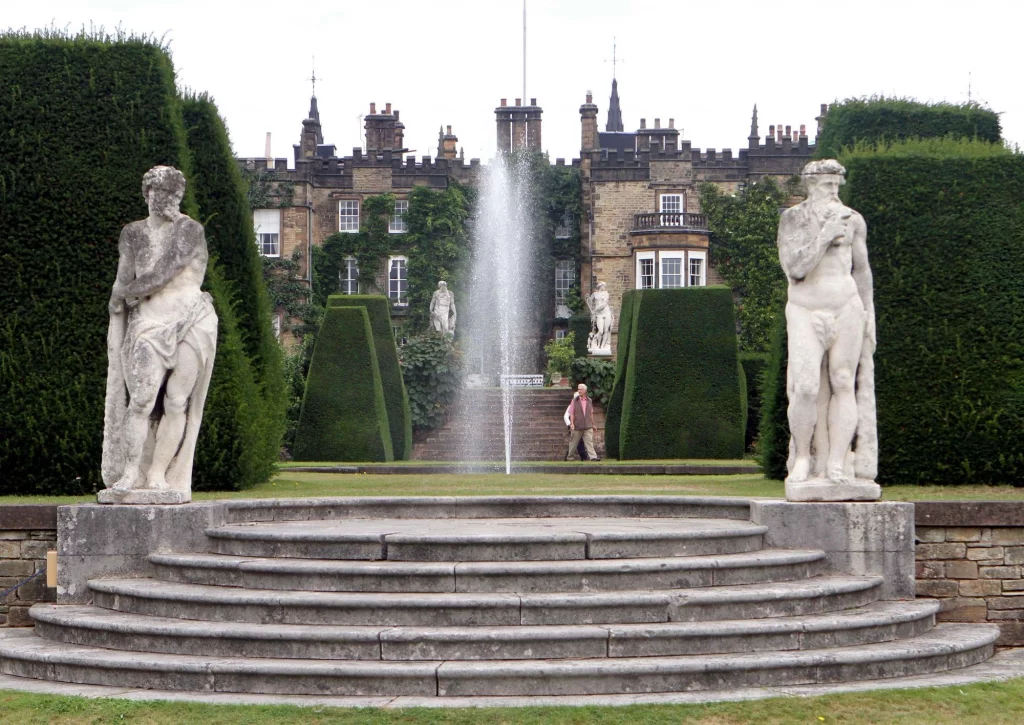
Renishaw Hall is a country house in the English town of Renishaw, in the parish of Eckington. It is a Grade I-listed building, and the Sitwell family has lived there for almost 400 years.
The hall is southeast of Sheffield, northeast of Chesterfield, and north of Renishaw village.
George Sitwell (1601–1667), who was High Sheriff of Derbyshire in 1653, built the house in 1625. From the 17th to the 20th centuries, the Sitwells made a lot of money by owning coal mines and making iron. Their initial fortune seems to have been helped by making weapons for the English Civil War in the 1640s.
The Sitwell Baronetcy of Renishaw in the County of Derby was created in 1808, for Sitwell Sitwell, who was the MP for West Looe at the time.
Sir George Reresby Sitwell, 4th Baronet, was a British historian, writer, and Conservative politician who lived from January 27, 1860, to July 9, 1943. He was a member of the House of Commons from 1885 to 1895.
This George Sitwell was born in London. His parents were Sir Sitwell Reresby Sitwell, 3rd Baronet, and Louisa Lucy Hutchinson.
His father died in 1862, and he became a baron when he was only two years old. He went to school at Eton and Oxford’s Christ Church. He was commissioned into the West Yorkshire Yeoman Cavalry as a lieutenant.
Sitwell was interested in history wrote a biography of his ancestor, William Sacheverell. People say that his books and papers filled seven sitting rooms at Renishaw Hall, the family home in Derbyshire. He did research on family history and heraldry, and he was a good garden designer (he studied garden design in Italy). The house still has a collection of 30,000 books.
In 1909, Sir George Sitwell bought the Castello di Montegufoni, which was a ruin near Florence and was home to 300 peasants.
Over the next 30 years, he restored it to its original design, hired the Italian painter Gino Severini to paint the murals, and moved there permanently in 1925. He wrote to the Archbishop of Canterbury and the Chancellor of the Exchequer to explain that taxes forced him to move to Italy.
He stayed in Italy when war broke out, but he moved to Switzerland in 1942 and died in Locarno, Switzerland, at 83. He was a baron for 81 years and 89 days, which was longer than any of his three predecessors and one of the longest times anyone in England has been a baron.
Sitwell married William Henry Forester Denison’s daughter Ida Emily Augusta Denison in 1886. (later 1st Earl of Londesborough). In 1915, he refused to pay off her many debts, so she was charged and jailed for three months at Holloway.
Sitwell was known for doing strange things. He didn’t let electricity into his home until the 1940s, so his guests had to use candles.
He purposely mislabelled his medication name so that no one else would use it. Sitwell ate only roasted chicken for most of his life.
At Renishaw Hall in Derbyshire, the word “quirky” is used a lot.
Even the head gardener uses it to talk about Sir George Sitwell, who planned the garden at the turn of the century, the word is usually used to talk about Sitwell’s children, Edith, Osbert, and Sacheverell.
At Renishaw, the three rebellious siblings who grew up to be famous writers (Edith was a poet) are known as the Literary Trio.
The famous architect Lutyens remodelled the ballroom and the billiard room, but he tired of Sir George asking him for free advice about the garden. The baronet had his own strong ideas.
He wrote the influential book On the Making of Gardens, which was based on his travels around Italy (other books include Introduction of the Peacock into Western Gardens and A Short History of the Fork). A small revolver for killing wasps was one of the many things he came up with.
John Singer Sargent painted a beautiful picture of the family, which hangs in the Drawing Room. Sir George asked the artist to highlight the bumps on his daughter Edith’s nose. Instead of giving Sir George a straight nose, Sargent gave him a crooked one.
The Sitwells In Lord Halifax’s Ghost Book
Peter Ackroyd gives us the letters from Sir George and Lady Ida and then in the postscript he recounts another ghost story from Renishaw Hall.
However, these two ghost stories are linked by an account from Lord Halifax’s book that Peter Ackroyd leaves out.
This is from the Halifax Book and relates to the period between Sir George’s coming of age Party and the cold kisses incident and the later sighting of the ghost servant by Lady Ida.
Some time afterwards, there was a question of altering and enlarging the staircase. Sir George Sitwell consulted his cousin, Mr. F. I. Thomas, as to how this should best be done and Mr. Thomas recommended throwing the room in question, with the one below it, into the staircase.
It was eventually decided that this should be done. When the alterations were begun, Sir George, being anxious to learn anything that was to be ascertained about the ancient plan of the house, left orders with the steward and Clerk of the Works to take note of anything of interest that might be discovered and let him and Mr. Thomas know about it.
The work was begun, and one day Mr. Thomas, on opening his letters, found one from the Clerk of the Works. He reported that in removing the floor of one of the bedrooms, the workmen had come across something which he thought would interest him. He therefore begged Mr. Thomas to come down and see what they had found.
Mr. Thomas went down and learned that they had discovered a coffin between the joists of the floor of the room in which Miss Tait had slept. From its appearance and the fact that it had no screws but only nails, the coffin appeared to date from the seventeenth century.
It was firmly fastened to the joists by iron cramps, but owing to the shallowness of the space between the joists and the floor, there was no lid, the floor boards serving this purpose. There was no trace of any bones within the coffin, but it carried certain marks which suggested that it had once contained a body.
The Boy In Pink (or Red)
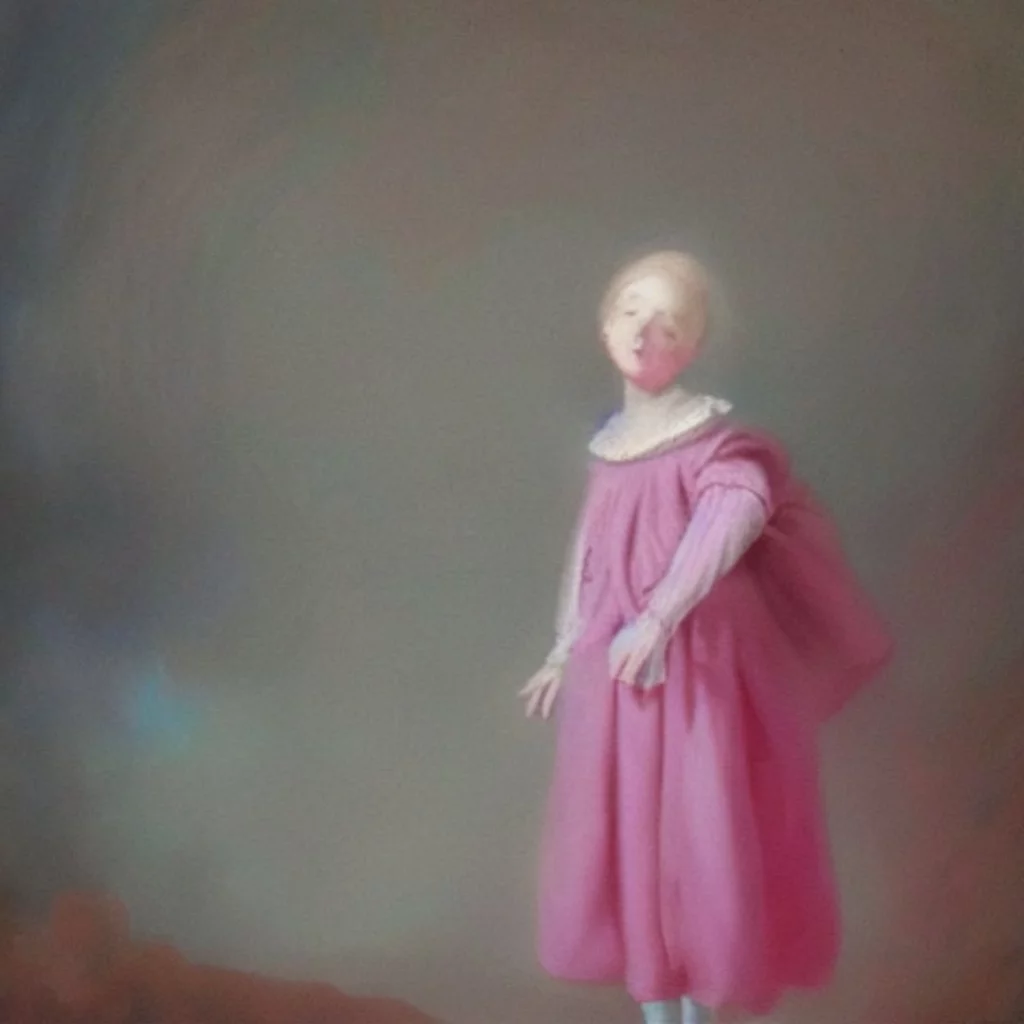
Besides the servant woman (if she is a servant) there is also the ghost of the Pink Boy or the Red Boy.
One version says he is the last of the Sacheverell,: Henry Sacheverell,and it is said the the portrain in the hallway of a young in pink, almost red clothes dating from the early 1700s is him, although Sir George believed he’d disproved that
The restless spirit of “The Boy in Pink,” stalks the hallways of the house at night, draped in with river weed, waking beautiful female house guests with a cold kiss.
The “boy in red,” also known as “The Ghost,” is a picture of Henry Sacheverell, who was the last of his family. It shows a young man with blue eyes who is wearing a deep pink, almost red, suit with pale muslin ruffles and a necktie. It looks like it was painted from life, and it was done not long before the boy died at age 16 in 1726.
The story goes that his uncle, George Sitwell, raised him at Renishaw after his parents died. Even Sir George Sitwell’s (1860–1943) strange grandmother thought the boy would have inherited most of the estates at Renishaw if he had lived. On the Renishaw estate, people said that Henry had drowned while he was skating on Foxton Dam.
In 1878, a servant called Lickley, who worked for Sir George’s mother, told him a more exciting version of the story.
When she moved to Renishaw in 1864, people there told her about it. In this version, Henry Sacheverell was fishing in a pond at the bottom of the park when he fell in after slipping on the wet, slippery bank. Nearby was his female cousin. She reached down and pushed him under the water until he drowned instead of helping him. She did it because she was next in line to get the money from the Renishaw family.
Long after that, on the day of her wedding, she was resting in her wedding dress in the Cocked Hat room, which is now called The Ghost Room
Long after that, on the day of her wedding, she was resting in her wedding dress in the Cocked Hat room, which is now called The Ghost Room, she saw her cousin’s eyes looking at her through a tapestry on the wall behind her when she looked in a mirror. She dropped dead immediately from the shock of it.
Later, the story scared the servants of the house so much that even the strong coachman, William White, refused to sleep in the room in question in 1864. He said that he had often heard a woman’s dress rustling and had seen the skirt of a woman’s black silk dress turn a corner by the kitchen.
Even on the night of Sir George’s coming-of-age party in 1881, the daughter of Sir George’s godfather, Archbishop A. C. Tait, was put in a north-facing bedroom on the first floor, where she woke up when someone gave her three cold kisses.
Lord Halifax’s Ghost Book (1936), which is the most well-known account of the event, says that when Sir George’s sister Florence was woken up by Miss Tait’s cries, she said she thought she had experienced something similar when she had slept in that room.
Minnie Worsley, who was Sir George’s cousin, was also scared in the same way. This scary thing didn’t just happen to women, either. In August 1930, Lady Ankaret Jackson told Sir George that her grandfather, Lord Carlisle, had also felt the lips of a dead person being placed on him.
Sir George’s trusted agent, Peveril Turnbull, told him he had once hosted Miss Crane, the sister of the artist Walter Crane, in the same scary room. Mr. Turnbull had known Miss Crane since they were both children.
Sir George said,
“According to her letter, which I’ve read, she heard someone walk slowly up the stairs to her bedroom door one night and knock three times on it.” She said, “Come in.” The door opened, and she heard something walk in and sit down in an armchair near the fireplace. In the dark, nothing could be seen, and Miss Crane, who was very smart and clever, was so scared that she put her head under the bedclothes and passed out.”
Other Evidence for the Ghosts at Renishaw Hall
A letter from the New York Sun, published in October 1909, contains a letter from a Conservative parliamentary candidate who had used Renishaw Hall when campaigning in the area. Sir George was not there at the time.
F. Gorell Barnes describes his experiences at Renishaw from 1892
“My neighbors and visitors, “told me more than one ghostly legend associated with it and, more particularly, with the old ghost room mentioned by Sir George in his letter.
“I recall one in particular, that when a stranger slept for the first time at the hall the ghost of a lady was supposed to appear. One visitor, whose name I do not now recollect, told me of a young lady who occupied the ghost room having been found in a state of abject terror and refused to give any account of what she had seen.
“Some weeks before the general election of 1893 my election agent came to stay with me till the election was over. On the night of his arrival we worked till about 1 A.M., lighted our candles and went up the staircase which Sir George describes as having been put in twenty years ago, close to the old ghost room. Near the top of the stairs this gentleman, an astute and clever Sheffield solicitor, stopped short, tapped me on the shoulder and whispered,
‘There’s somebody following us up stairs.’
“I went down, examined the stairs, entrance hall and the rooms, without finding anything. I ascended the stairs again, and step for step as I ascended, I distinctly heard footsteps following me up to the top of the staircase.
“I returned again to the entrance hall, but I saw no figures as described by Sir George Sitwell. There were no ghosts or phantasms, no reversed impressions of something seen in the past, but distinct footsteps were heard by two over-tired, but not excited men.
The Ghosts of Renishaw. Hall: Conclusion
It seems to me that the ghosts of this ancient house are so well documented by different people that something is going on
The coffin under the floorboards of the ghost room is perplexing. The Sitwells had lived in the house since it was built in 1625 and even though they were very eccentric not, just Sir George and his children, but also Sitwell Sitwell in 1798 who went and hunted down an escaped zoo tiger in Sheffield and Sir George’s ‘eccentric’ grandmother.
So, I think they were eccentric enough to put an empty coffin under the floorboards of the so-called ghost room, but I am not sure that the family would have forgotten such a fine joke.
It’s a mystery. On balance, I think this is a true haunting, and it’s disappointing I don’t have evidence of any more modern sightings.
Related Posts You Might Enjoy:
Did A Marquess Actually See A Ghost Monk at Bolton Abbey (Yorkshire)?
The True Story of the Cheltenham Poltergeist

